![Christopher Sebela Operates a High-Concept Romance in New Oni Series ‘Heartthrob’ [Interview]](http://townsquare.media/site/622/files/2015/12/HEARTTHROB-1-RETAIL-CVR.jpg?w=980&q=75)
Christopher Sebela Operates a High-Concept Romance in New Oni Series ‘Heartthrob’ [Interview]
Next year will see a new ongoing series over at Oni Press, with the creative team of Christopher Sebela, Robert Wilson IV and Nick Filardi combining for the off-kilter romance series Heartthrob. The story is about a terminally ill woman called Callie who is offered a last-chance heart transplant that saves her life --- but then turns out to have a few unexpected side-effects. After fully expecting her life to be over, Callie struggles to get used to her return to a normal working life... until she comes into contact with Mercer, an enigmatic (and handsome!) man who turns her newfound life upside down.
Heartthrob is a strange, funny comic, one that forges a deep connection between the characters and readers --- and it's clearly is a personal work for Sebela in particular. To explore the story further, we spoke to him about how he first developed the concept, what motivates and drives Callie as she experiences the strangest romance imaginable, and what readers can expect from the story as it moves forward.
ComicsAlliance: When did you first start working on the concept of Heartthrob as a comic?
Christopher Sebela: Summer of 2013. I really wanted to do a heist book and I wanted it to be a period piece, in a time before cell phones and everything else that makes it a lot harder to rob a bank. But I didn’t have anything to hang it on, there was no there there. Until one night I stumbled onto a radio show where they were discussing this phenomenon of people who get organ transplants having all sorts of weirdness happen to them after it and everything fell into place on my drive home.
CA: Although there is a high concept, the series really sells itself on the authenticity of the lead character, Callie. What do you think is the core of the series? What do you see as the center, here?
CS: Callie is definitely the focus of the book for me. I like high concepts and coming up with weird ideas and banging my head over how to make them work, but all that is sort of a delivery system for me to the character stuff, which is my favorite part. Figuring out who she is and how she got to where she is when we meet her and then letting Callie go and see what she does with the old life she’s been aching to get out of and the new life she has no familiarity with or idea how to operate within.
CA: I don't want to talk too much about the romance side of the series for fear of giving the story away --- but do you view this as a romance?
CS: I do. I think it’s a lot of different stuff. It’s a drama. It’s a crime book. But it’s a romance comic in its DNA. Once I figured the story out, how it was about Callie and her donor, the romance aspect appealed to me a lot. It’s something I haven’t really done yet, at least not as fully as I set out to do here. And it’s not just about falling in love, it’s about everything that comes with it and after it and how people react to that whole aspect of temporary madness that is new love.
CA: How would you describe Callie, as a person? What's going through her mind, what's her approach on life as the series starts?
CS: Callie’s spent her life sick. She got diagnosed very young with a congenital heart defect, one that looked very deadly, and so her parents doted over her and overprotected her, trying to keep her alive but really keeping her from actually living life the way you’re supposed to in your teens and 20s. And one day she got sick of it and left to go find this miracle she’s read about: heart transplants.
But she has to get a job and she has to wait and she builds this temporary life that lasts for five years before the thing she never expects to happen actually happens and now… what? She doesn’t know what to do with the fact that she’s healthier than she’s ever been, she’s gotten her miracle, but she’s stuck in this temporary life. Callie’s climbing the walls in her head and that’s when she starts noticing some side-effects from the transplant.
CA: How did artist Robert Wilson IV come onboard the series? Was he someone you've wanted to work with for some time?
CS: Definitely. I had an empty composition notebook on my shelf for the longest time that had a post-it on the front where I wrote “ROBERT WILSON IV BOOK” and it’s been sitting there, secretly making all this magic come true. Or that’s my operating theory. I love Robert’s stuff, ever since I read the book Like A Virus he did with Ken Lowery. Then we’d hang out at shows and I just really liked him as a friend, so I wanted to work with him even more. All credit is due to our editor, Charlie Chu, who suggested Robert for the book right before Emerald City Comic Con. We all talked about it that weekend and it sort of came together super easy.
CA: What do you think his particular artistic style brings to the series?
CS: Robert draws living, breathing people. He brings a lot of emotional weight to everyone he draws, he makes them real, multifaceted, actual people with actual stuff going on in their heads. For a book like this, that’s essential, we’re dealing with a whole bag of feelings and selling it is key and from the time he sent over the first character sketches, I knew it was gonna be really good.
But beyond that, I’m a big fanboy when it comes to Robert, I kinda just love everything about his stuff. His lines are gorgeous and precise and clean, but they still feel really organic and lived-in. I dunno, I’m bad at talking about art, I just know I can look at Robert’s stuff all day long and not get tired of it, which is good since we’re gonna be working together on this for a bit.
CA: You also have colorist Nick Filardi as part of the new creative team. What's the collaborative process been like for you so far?
CS: We were really excited to get Nick on board and seeing his work on this lineart we’ve been gawking at for awhile just transforms everything. Color is still kind of my Achilles' heel when it comes to comics. I used to flat comics for a living and I could never make the jump to coloring them, there’s just a big block there for me. I know what I like when I see it, but I’m bad at talking about it. So mostly I try to stay out of Nick’s way. He knows what he’s doing, he sure doesn’t need my bumbling attempt at help. He and Robert are both so solid and their stuff goes together really well that it feels like it’s been effortless, really, which is the ideal comics state to be in.
CA: Was this quite a personal story for you? Callie feels like such a realistic person that it almost feels like there must be a bit of yourself in her...?
CS: Definitely. But it’s a patchwork kind of deal. Little bit of me, little bit of fiction, little bit of someone else I know. I mean, maybe I’m doing it wrong, but I think it’s impossible to write a character that you spend any amount of time with and not put a little bit of yourself into them. At least, I haven’t been able to do it yet. There are elements of myself in Callie and there’s stuff that’s completely made up and I’d be hard-pressed to be able to go through and point out which is which anymore. My goal, more than anything, is to make the people I make up feel real, lived-in, with all the good and crappy parts that make up any person you pass on the street. The only thing I’ll admit to in public is that we both share a deep fondness for Fleetwood Mac.
CA: Death, and life after death, seem to be recurring themes in your work - would you say that is the case? What about the concept do you think offers writers so much to write about?
CS: Yeah, I’ve noticed that too. I’m not sure what it’s about. I don’t consciously go looking for stories that revolve around death, but somehow I keep dipping my toe into it. Maybe it’s that death is the only universal topic out there. Not everyone pays taxes, but everyone does die and nobody knows what happens after that. Or during that. The fact that it’s this thing waiting for all of us and we have zero ideas of what, if anything, to expect after it makes it the oldest mystery and the one with the most potential to play around with. No one can come up to you and go “hey, your story is a bunch of crap, that doesn’t happen” because if they say they know what happens, they’re big dumb liars.
Heartthrob, though, I think is much more about life. Sure, the death part is a big part but to me this is way more about a woman being reborn, bringing herself back to life. She’s been haunted by death all her life and she’s finally found a way out from under that cloud, given a blank check for the next 5 years. Like, that concept, and what you’d do with it, is possibly the only thing more mysterious than what happens when you die.
Heartthrob #1 is on sale April 13th, 2016.
Notice of disclosure: One of the editors of ComicsAlliance has a financial relationship with Oni Press, the publishers of Heartthrob. That editor had no participation in the commission of this piece. The logo designer for Heartthrob, Dylan Todd, is a regular contributor to ComicsAlliance, and also had no participation in this article.
More From ComicsAlliance
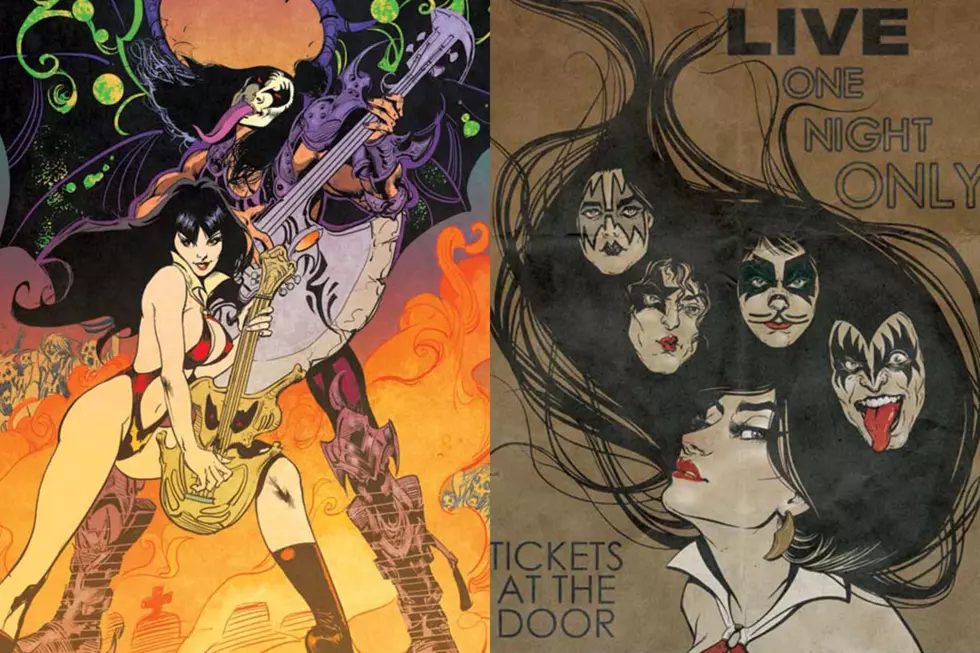
![Deeper Underground: Writer Jon Rivera On Why He Relates To ‘Cave Carson’ [Interview]](http://townsquare.media/site/622/files/2016/12/cave-feat.jpg?w=980&q=75)
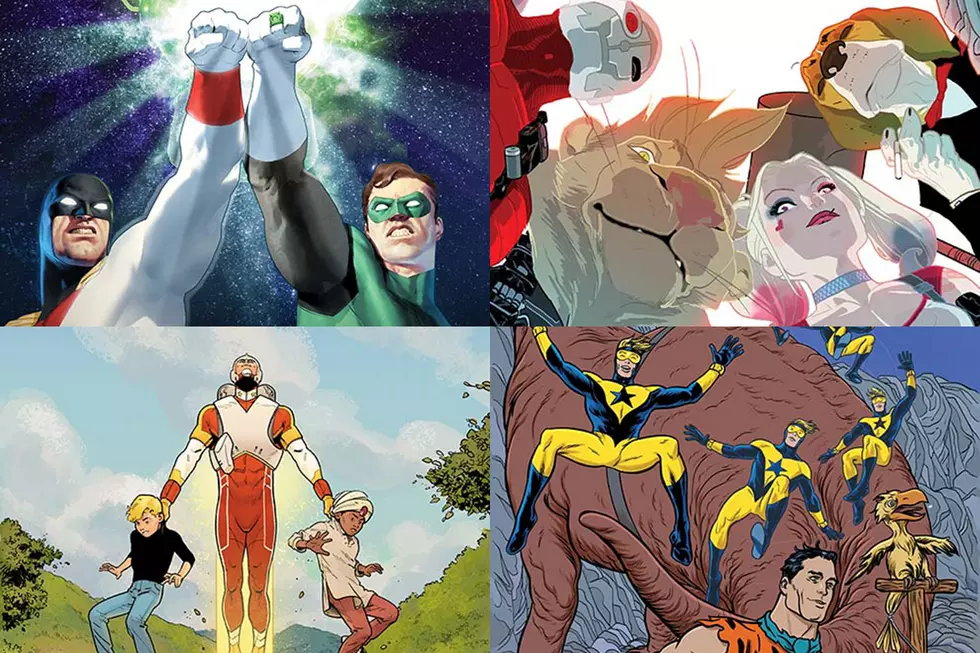
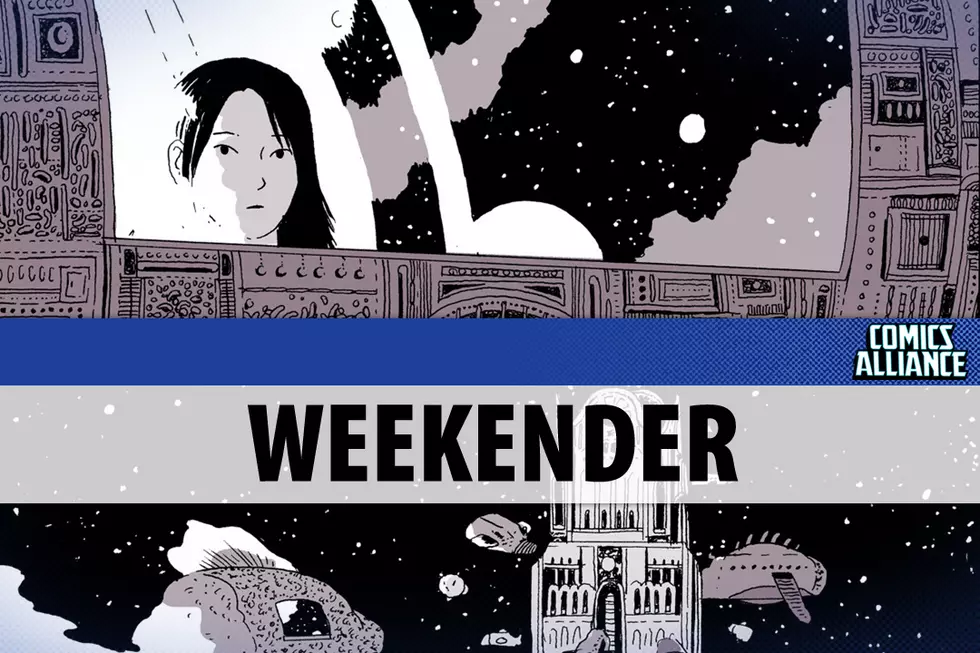
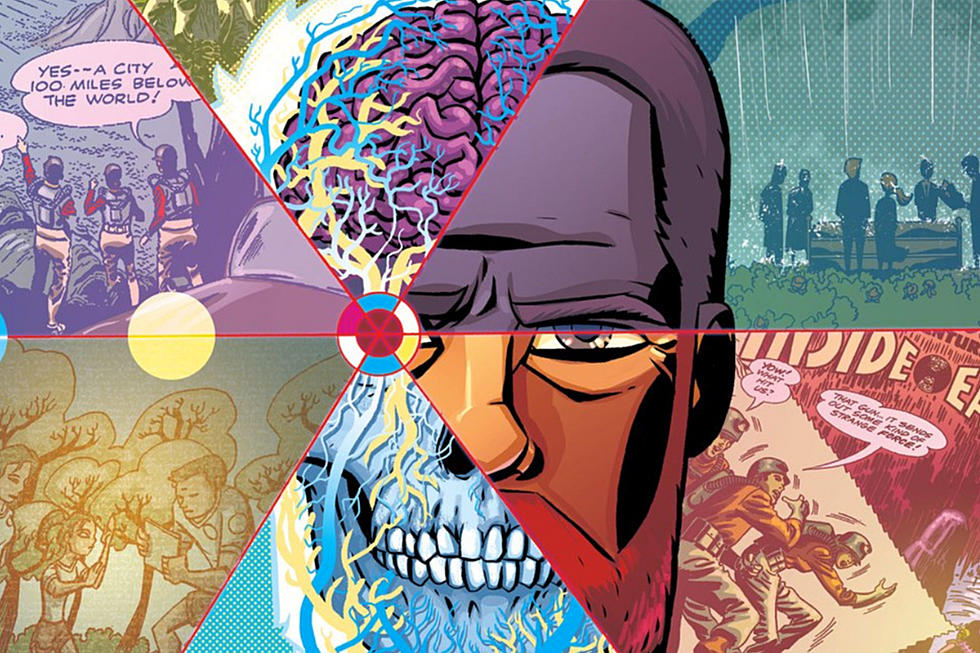
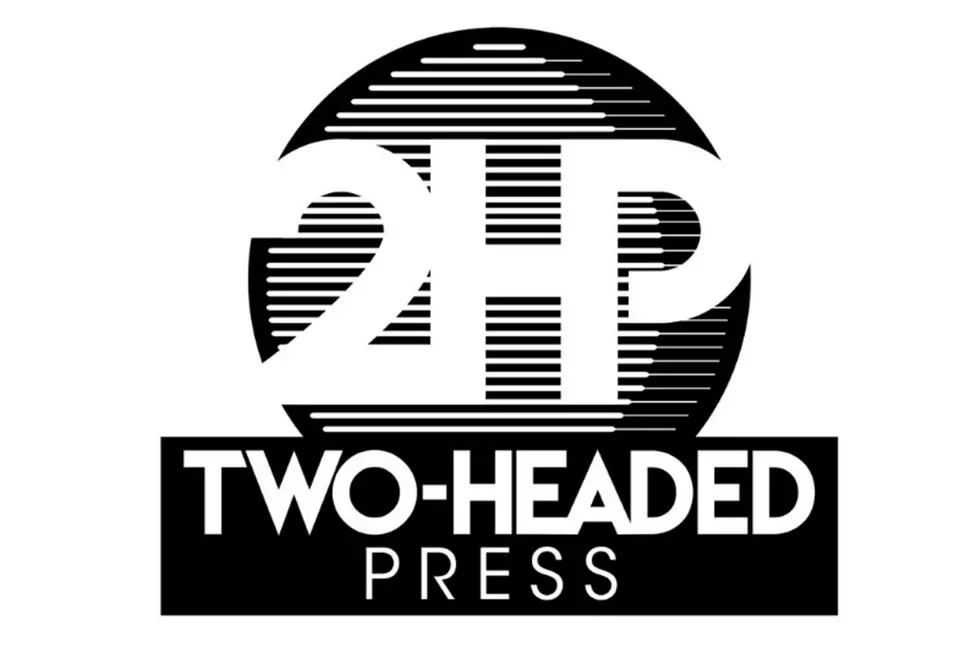
![Christopher Sebela And Niko Walter Get ‘Demonic’ At Skybound [Preview]](http://townsquare.media/site/622/files/2016/05/Demonic-Featured.png?w=980&q=75)

![Si Spurrier and Ryan Kelly Unleash the Wolves of War for ‘Cry Havoc’ [Interview]](http://townsquare.media/site/622/files/2016/01/cryhavoc-feat1.jpg?w=980&q=75)
